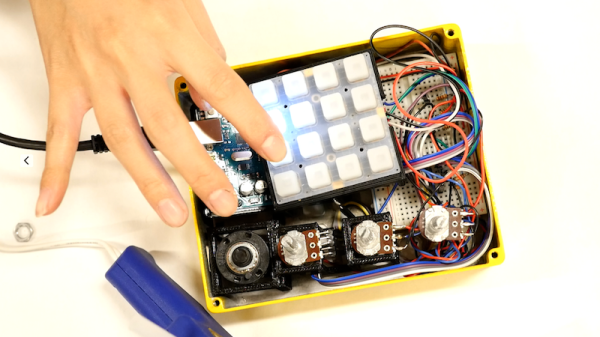Wood can be the material of choice for many kinds of projects, but it often falls out of the running in favor of metal or plastic if it needs to take a threaded fastener. But with a little ingenuity you can make your own wood taps and cut threads that will perform great.
Making wood do things that wood isn’t supposed to do is [Matthias Wandel]’s thing. Hackers the world over know and use his wood gears designer to lay out gears for all kinds of projects from musical marble machines to a wooden Antikythera mechanism. Woodworkers have been threading wood for centuries , so making wood take a decent thread isn’t exactly something new. But doing it on the cheap and making the threads clean and solid has always been tricky. The video after the break shows [Matthias]’ method of cutting a tap out of an ordinary threaded rod or even off-the-shelf lag screws. He uses a simple jig to hold the blank so that flutes can be cut with an angle grinder. The taps work well in the materials he tested, and a little informal stress testing at the end of the video shows promise for long service life of the threads.
Wood threads aren’t suitable for every project, but knowing that you can do it might just open the path to a quick, easy build. This is a great tip to keep in mind.















